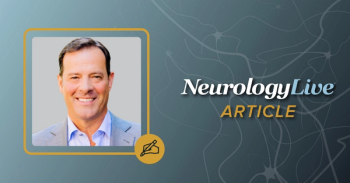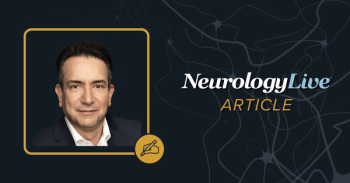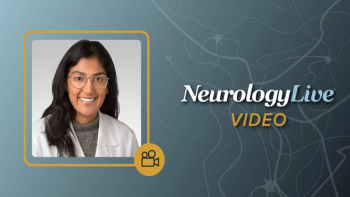
Sleep Disorders Prevalent in Children With Tuberous Sclerosis Complex
Investigators noted that while epilepsy did not increase the risk for sleep disorders, there was a strong association identified with TSC-association neuropsychiatric disorders, necessitating early detection.
Data from a recent questionnaire-based study suggest a high prevalence of sleep disorders in children with tuberous sclerosis complex (TSC). Investigators further concluded that while epilepsy did not increase the risk for sleep disorders, there was a strong association between sleep disorders and TSC-associated neuropsychiatric disorders (TAND).1
Led by Romina Moavero, MD, PhD, Child Neurology and Psychiatry Unit, Tor Vergata University of Rome, in Italy, investigators administered the Sleep Disturbance Scale for Children (SDSC) and the
In children without epilepsy (n = 23), SDSC score was positive in 30.4% of patients (n = 7), compared with those with epilepsy (n = 154), where SDSC score was positive in 63.6% of patients (n = 98; P = .005; χ2 = 7.8174). Although, a multivariate logistic model that took antiseizure medications (ASMs) and nocturnal seizures into consideration found that epilepsy was no longer a significant risk factor for SDSC (odds ratio [OR], 2.4; P = .17).
For those with TAND (n = 134), SDSC was positive in 67.9% of patients (n = 91), compared with those not reporting a neuropsychiatric condition (n = 43), where SDSC was positive in 32.5% of patients (n = 14; P <.001; χ2 = 15.427). TAND continued to be a significant risk factor for positive SDSC after adding another multivariate logistic model with active epilepsy, age, and pharmacological treatments as independent variables (OR, 1.11; P = .01).
WATCH NOW:
Eight patients (4.5%) had a positive ESS-CHAD score, and therefore excessive daytime sleepiness, with a mean total score of 3.6 (range, 0-17; SD, 3.1). There was no significant difference observed in ESS-CHAD final result in patients with epilepsy who were or were not taking an ASM (P = 1), but there was a statistically significant association between a positive ESS-CHAD score and valproic acid (OR, 7.75; 95% CI,1.2–85.44; P = .01) levetiracetam (OR, 7.8; 95% CI, 1.02-53.13; P = .02), and benzodiazepines (OR, 14.1; 95% CI, 1.61-665.51; P = 0.005). In comparison, patients taking carbamazepine presented lower rates of positive ESS-CHAD scores (OR, 0; 95% CI, 0-0.79; P = .01).
“The high prevalence of sleep disorders in the TSC population highlights the need of a specific screening program,” Moavero et al wrote.“This is of utmost importance above all in children with a neuropsychiatric comorbidity, due to the reciprocal interplay between sleep, neurodevelopment and behavior. Since sleep disorders play an active role in exacerbating cognitive and behavioral difficulties, they are a significant focus for clinical intervention.”
Study limitations were noted as using parent-reported questionnaires as the data collection method, which could lack precision. Additionally, there was potential for selection bias, and the questionnaire may not have been able to identify other sleep disorders such as restless leg syndrome, restless sleep disorders, or REM disorders.
REFERENCE
1. Moavero R, Voci A, La Briola F, et al. Sleep disorders and neuropsychiatric disorders in a pediatric sample of tuberous sclerosis complex: a questionnaire-based study. Sleep Med. 2022;89:65-70. doi:10.1016/j.sleep.2021.11.010
Newsletter
Keep your finger on the pulse of neurology—subscribe to NeurologyLive for expert interviews, new data, and breakthrough treatment updates.



























